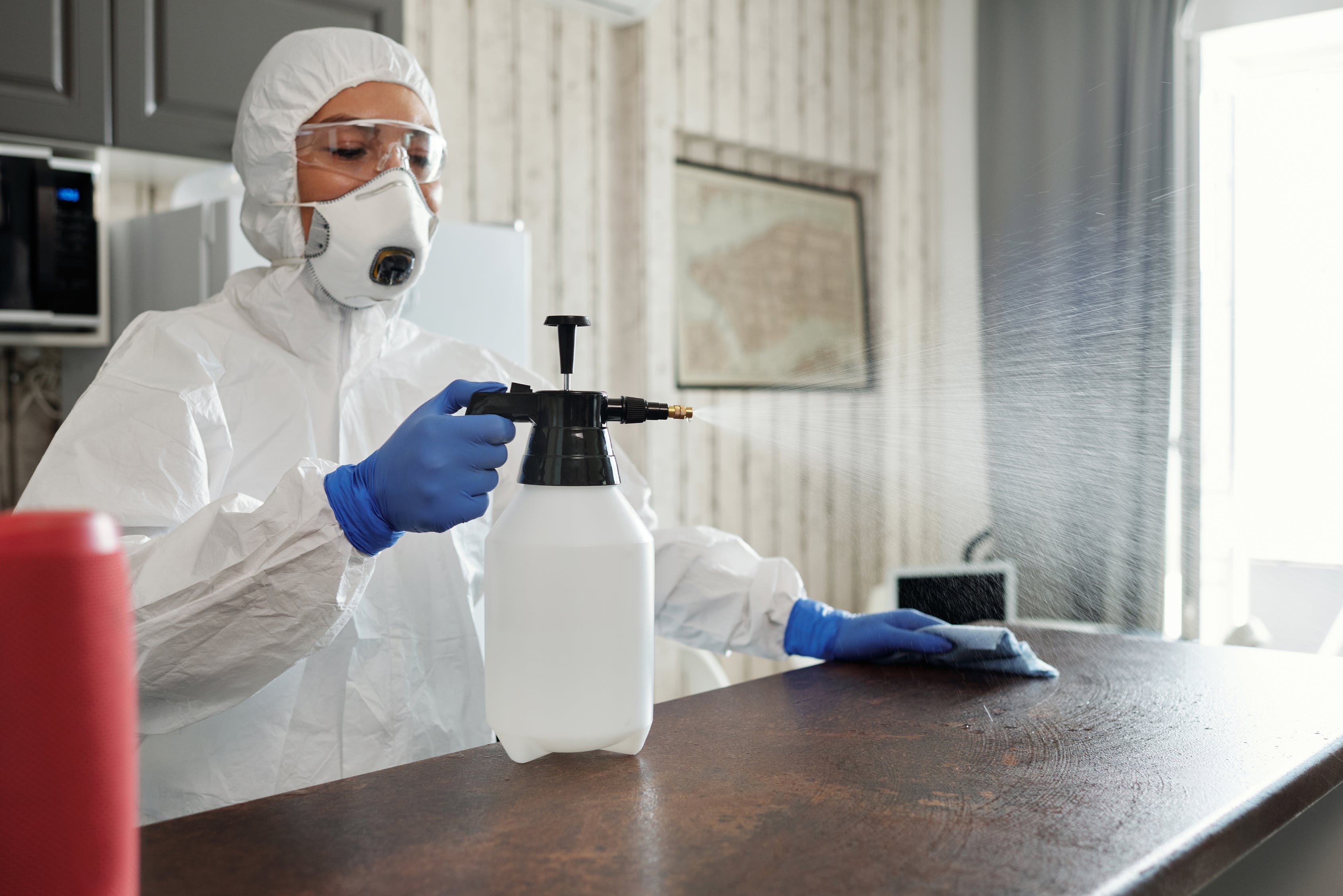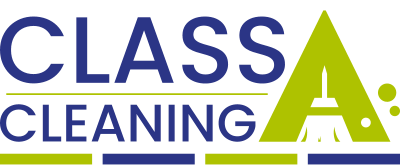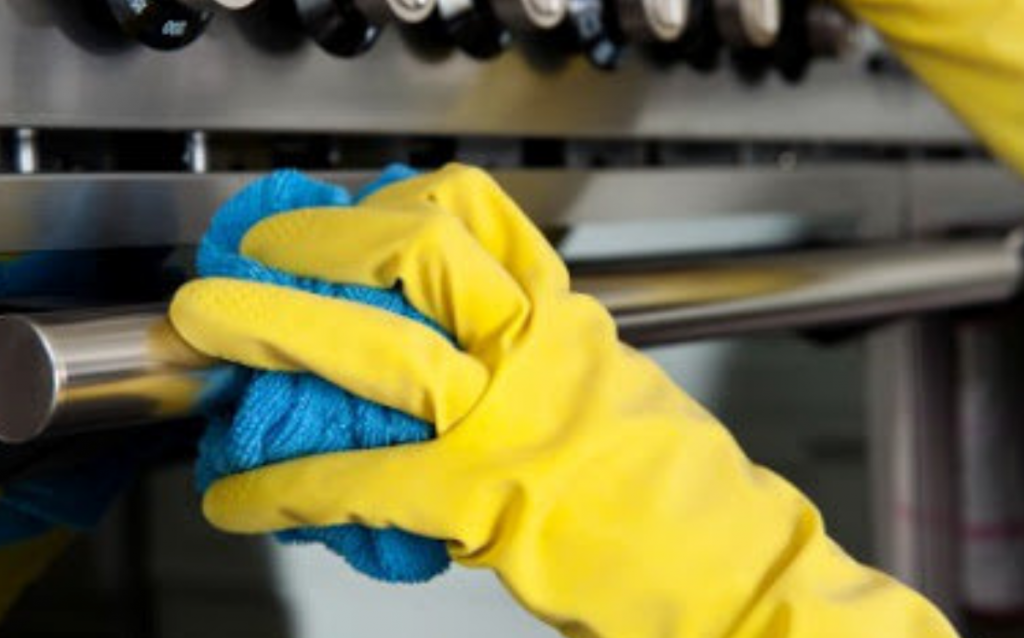 Sterilisation, Disinfection and Cleaning, are terms used a lot when discussing the control of infection. Although they all may seem similar, the differences are quite important.
Sterilisation, Disinfection and Cleaning, are terms used a lot when discussing the control of infection. Although they all may seem similar, the differences are quite important.
Sterilisation of Your Premises
Sterilisation is a term referring to any process that eliminates or kills all forms of life, including transmissible agents such as viruses, bacteria, fungi and spore forms.
Achieving Actual Sterilisation
Sterilisation can be achieved by applying chemicals, high pressure, heat, irradiation, and filtration or a combination. At Class A Cleaning, we use Vegan approved cleaning products, and wherever possible we aim to completely avoid all chemical cleaners that are harmful to the environment.
Disinfection of Your Premises
Disinfection is the process of destroying pathogenic micro-organisms and removes most organisms present on any surface. Disinfectants are antimicrobial agents that are applied to non-living objects to destroy micro-organisms that are living on the objects. Disinfectants work by destroying the cell wall of microbes or interfering with the metabolism.
Type of Disinfectants
There are a wide range of disinfectants used today. Class A Cleaning use a mixture of environmental safe processes to achieve the best disinfectant clean which is effective against most common pathogens, including difficult organisms found in a healthcare setting, such as antibiotic-resistant strains of staphylococcus, fungi, and hepatitis B and C.
Disinfection does not necessarily kill all microorganisms, especially resistant bacterial spores; it is less effective than sterilisation.
General Cleaning
General cleaning is the process of achieving and maintaining an area to a standard deemed visually free from debris which can include dirt, food, faeces, blood, saliva and other body secretions. It is the removal of foreign material from areas and objects. Cleaning reduces amount of organic matter that contributes to the proliferation of bacteria and viruses. The actual process of cleaning is achieved with the use of aids such as cleaning tools and cleaning agents. Cleaning tools such as mops, vacuum cleaners, cloths, floor scrubbers are used to achieve a state of visual cleanliness.
Cleaning is a simple easy method using the two essential components of cleaning, namely, friction and the use of fluid. Friction through rubbing and scrubbing the soiled area and fluids generally water and a soap solution are the first stage of cleaning. Washing is one way of achieving physical cleanliness, usually with water and often some kind of soap or detergent.
Cleaning Agents
Cleaning agents are substances which come in many forms but generally are liquids, powders, sprays, or granules. Some cleaning agents can kill bacteria and clean at the same time. Cleaning is important because it prevents the spread of dirt and contaminants to oneself and others. It is about removing dirt, including stains, dust, bad smells and clutter on surfaces.
Clean First
Thorough cleaning is required before disinfection and sterilisation, because Inorganic and organic materials that remain on the surfaces of clinical instruments may interfere with the effectiveness of disinfection and sterilisation. The disinfection or sterilisation process will be less effective or ineffective, if soiled materials are left to dry or bake onto the clinical instruments.
Recommendation for continuous good practice
As a service provider, whether you are a care home environment, dental or GP surgery, cleaning, disinfection and sterilisation will be used at different times within your establishment. It is recommended that you identify and record what requires cleaning, disinfection and sterilisation and how it is achieved. Assess who is responsible for ensuring cleaning, disinfection and sterilisation is done. Ensure that personnel, where required, are competent in cleaning, disinfection and sterilisation by providing instruction, information and training as appropriate. One example of what to record is High Touch Surfaces. High Touch Surfaces such as toilets, commode chairs, computer keyboards, chairs, bedrails, call bells and telephones must be cleaned and then disinfected on a regular basis.
Class A Cleaning Policies
Class A Cleaning have polices such as the Infection Control Policy and Procedure that will provide guidance on areas of cleaning and disinfection.
Contact us today and speak to our trained staff to find out how we can best help you.



